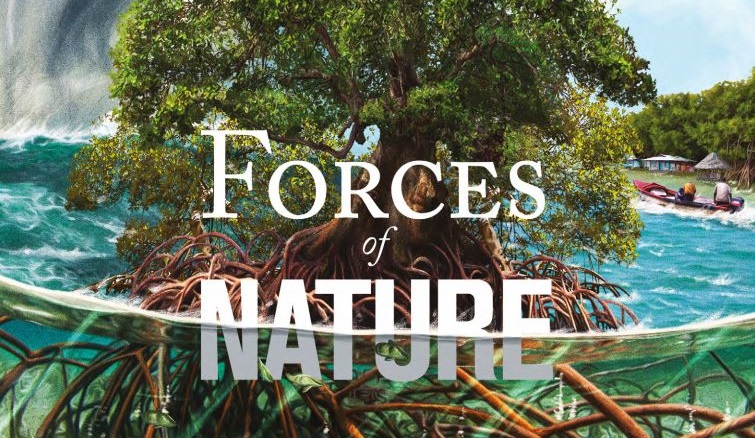Caribbean countries, including Jamaica, face substantial risks from storms and hurricanes. Coral reefs, mangroves, and seagrass beds protect communities from storms, and are critical for the sustainability of many economic activities, jobs, and inclusive growth.
A recent report, “Forces of Nature,” examines the considerable flood risk reduction services that mangroves provide to Jamaica, together with benefits related to fisheries production, and carbon sequestration.
This report supports the growing interest within the development agenda to include nature-based solutions for disaster risk management and provides vital information for discussion on climate change adaptation and mitigation, insurance, and disaster recovery decisions.
Mangroves play a key role in protecting Jamaica against flood risks, and risk would be significantly increased if mangroves are lost.
· If the current mangroves were lost, the amount of the population facing annual flooding in Jamaica would increase by over 10%. This represents an additional 1,458 people, many of whom live in poverty.
· Damages to residential and industrial property would increase by nearly 24%, or by more than US$32.6 Million annually, if mangroves were lost.
· One hectare of mangroves in Jamaica provides on average more than US$2,500 per year of direct flood reduction benefits from tropical cyclones.
· If considered over a 30-year period, the average benefits per hectare for a mangrove conservation or restoration project would exceed US$43,000 in coastal protection benefits alone.
· Mangroves provide the most protection for more intense storms of 100, 200 and 500-year return periods, which cause significant flooding and damages. For example, during a 200-year storm, mangroves reduce the number of people flooded and avoid damages by nearly 50% throughout Jamaica.
· More than 770 hectares of mangroves have been lost in Jamaica over the past two decades, but more than 70% of these could be potentially restorable.
Local assessments on mangrove ecosystems and their role in coastal resilience were conducted in three sites: Bogue Lagoon (Montego Bay, St. James), Salt Marsh (Falmouth, Trelawny), and Portland Cottage (Portland Bight, Clarendon).
· Shoreline protection was important to all of these areas, and the majority of residents expressed an interest in mangrove restoration.
· Ecological characteristics suggest that Bogue Lagoon offers the greatest protective services followed by Salt Marsh, and then Portland Cottage.
· If Jamaica keeps its mangroves alive and healthy, they will continue to keep pace with tectonic subsidence and sea- level rise, and therefore continue to protect coastlines from storms and possible tsunamis.
· Soil carbon stocks were higher than the global average at all sites.
· Mangroves were found to reduce wave height between 36% and 55%, and to reduce wind speed between 64% and 80%.
Mangrove benefits for Jamaica go beyond just flood reduction.
· Using global averages, 3.7 million tons of carbon are sequestered annually by Jamaica’s mangroves.
· Mangroves contribute between US$5,218 (at Salt Marsh) and US$54,145 (at Portland Cottage) in mixed fisheries per hectare per year.
· Other currently untapped benefits include potential for high-end recreational fishing, low impact mari-culture, and ecotourism.
Online Tool:
https://maps.coastalresilience.org/jamaica/
More information:
Juliana Castaño-Isaza
jcastanoisaza@worldbank.org
Last Updated: Nov 20, 2019
